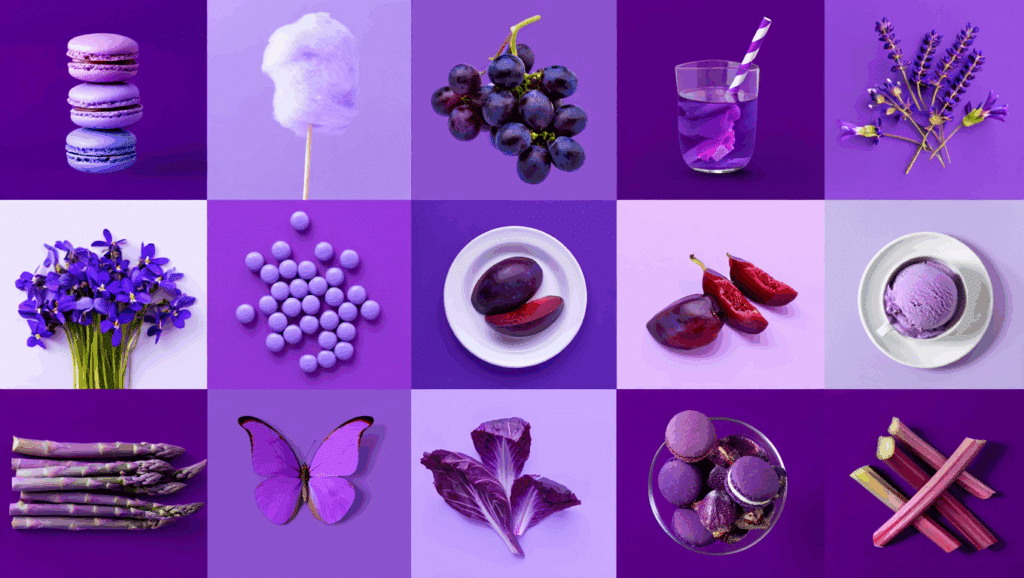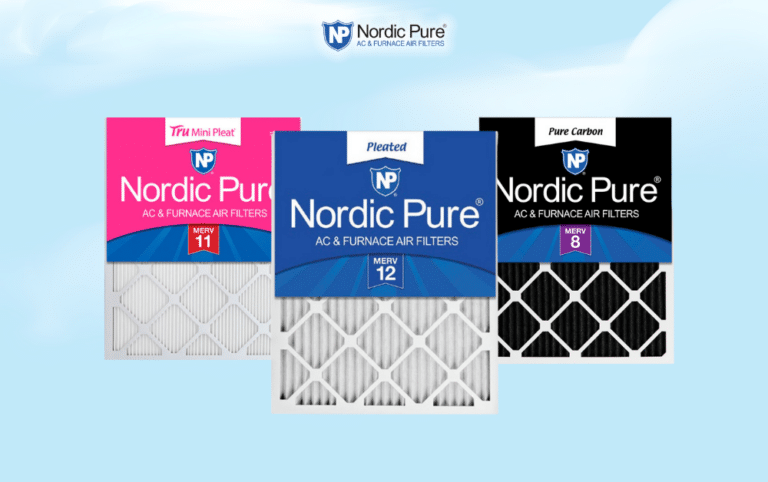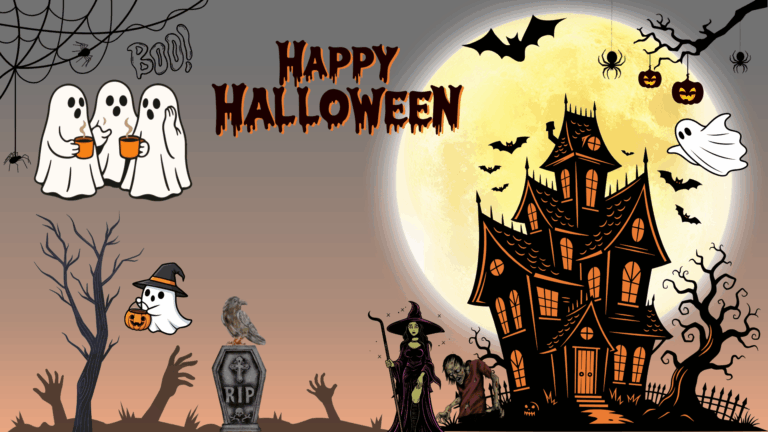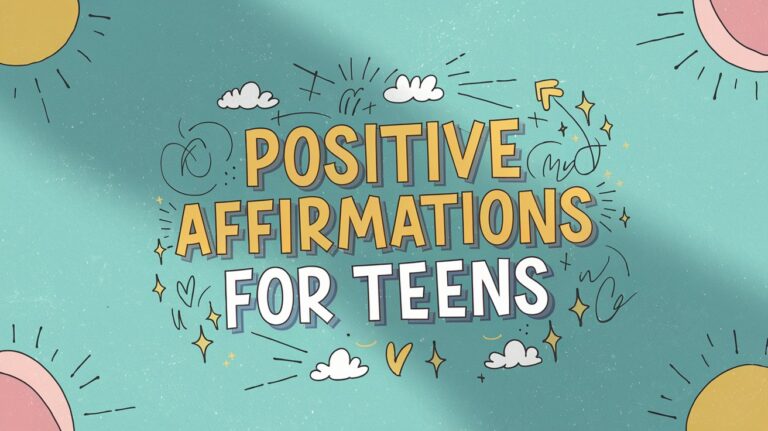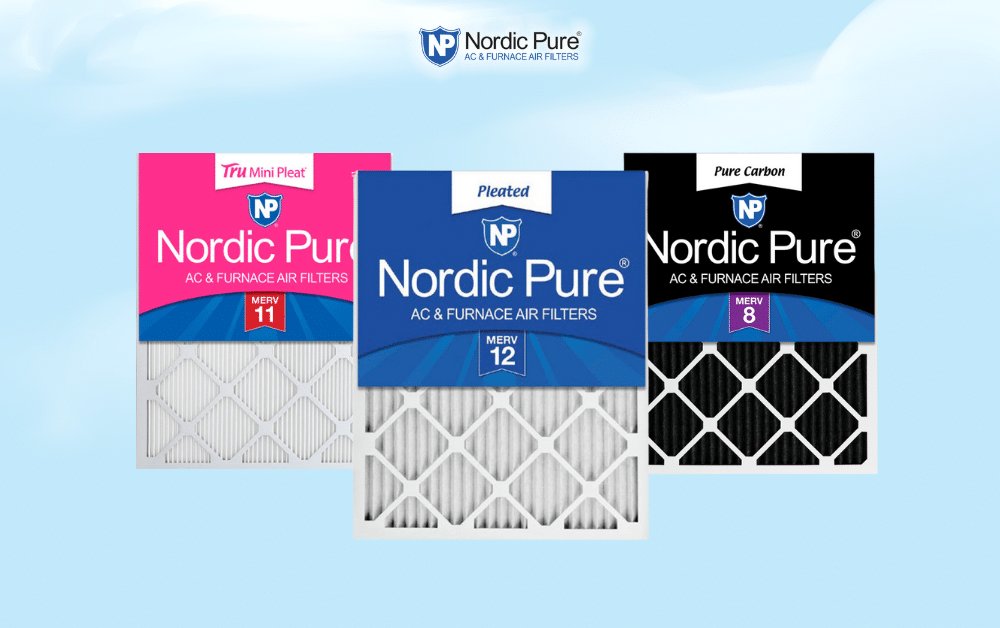Ever wondered why violet feels so different from regular purple? You’re not alone.
This enigmatic color sits at the edge of what our eyes can see, and its violet color meaning runs deeper than most people realize. From ancient royalty to modern spirituality, violet carries secrets that have fascinated humans for centuries.
It’s the color that bridges the physical and mystical worlds, yet most of us barely understand its true power.
Ready to learn why violet makes some people feel calm while others find it mysteriously unsettling?
The Origins of Violet: From Minerals to Monarchs
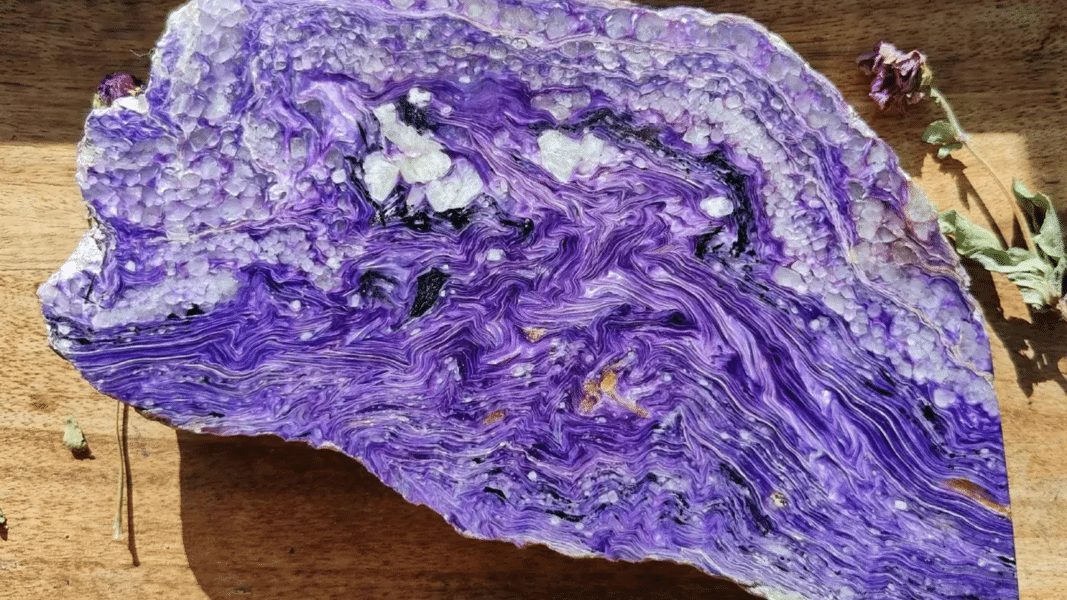
The word “violet” comes from the Latin word viola, which means violet flower.
Long ago, people made violet dye from rare plants, minerals, and even sea snails. Making the color was hard and expensive, so only the rich or powerful could afford to use it.
That’s why violet became a color for kings, queens, and religious leaders. In the Middle Ages, it was often used in royal clothing, church art, and special books. People also saw violet as a color of mystery and deep thought.
Today, it still carries those meanings in design and culture. Violet is more than just a pretty color; it has a long, powerful history.
Symbolism of Violet in Color Psychology
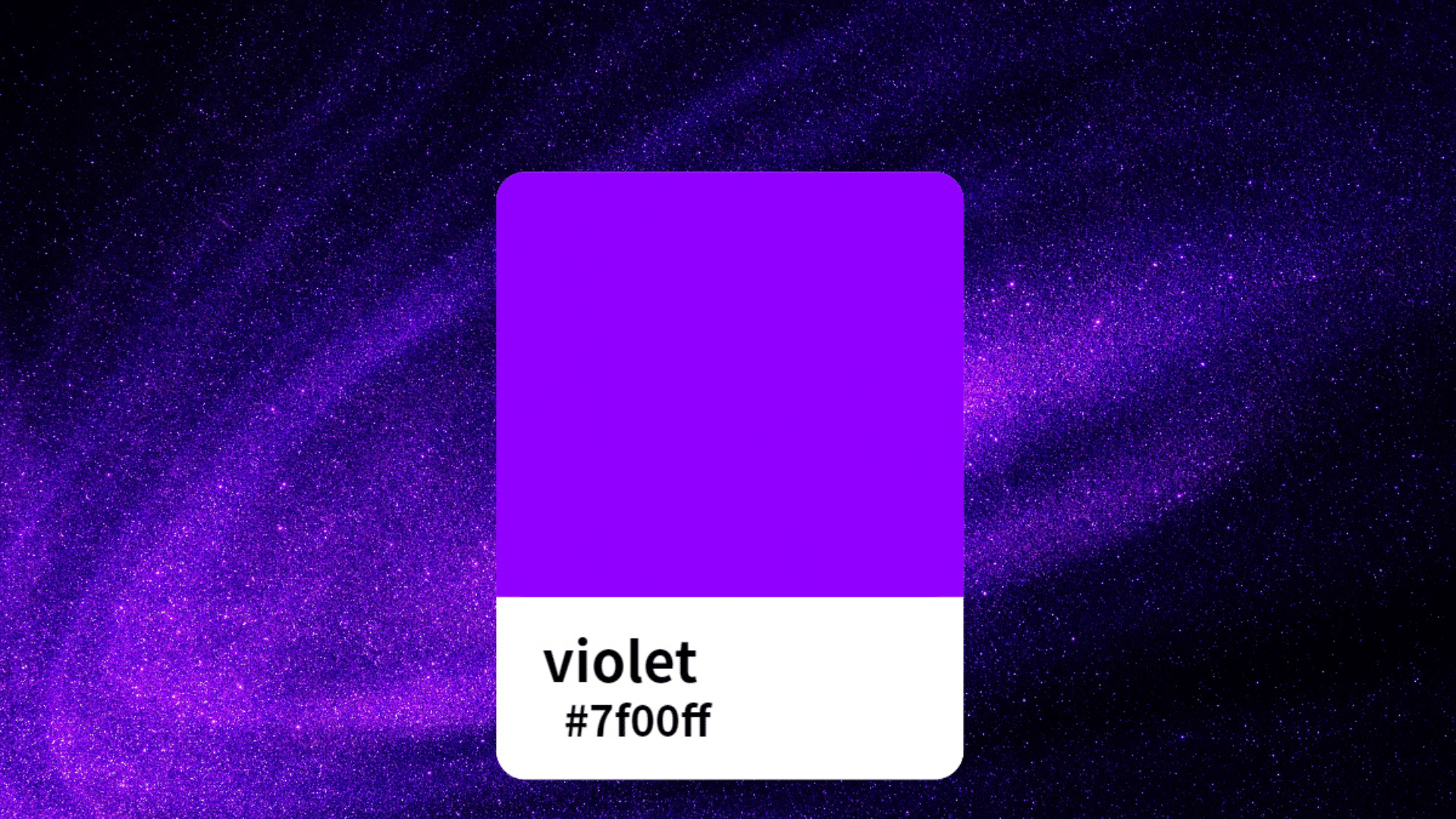
Violet color meaning varies across cultures, often linked to spirituality, royalty, and mystery.
In many places, it is regarded as a powerful and sacred color, while in others, it also symbolizes mourning, change, or profound change.
Western cultures: Symbol of royalty, luxury, and nobility. Also associated with mourning or sorrow in some parts of Europe
Eastern cultures: In Japan, violet symbolizes strength, honor, and charm. In China, it can represent spiritual awareness and healing.
Christianity: Used in religious ceremonies, especially during Lent and Advent, represents penance, reflection, and preparation.
New Age/Spiritual belief systems: Connected to the crown chakra, symbolizing higher consciousness and enlightenment.
Ancient Rome and Byzantium: Worn by emperors and high-ranking officials. Dye was so rare that it was more valuable than gold.
Psychological Impact: Violet and the Human Mind
Violet is a color that inspires deep thought and evokes a sense of calm. It is often linked to imagination, creativity, and dreams. Many people use violet in quiet spaces, such as bedrooms or meditation rooms, because it helps the mind relax.
Violet can also make something feel special or fancy. It is not a color we see often in nature, so it feels rare and mysterious. Some people believe violet helps with thinking, focus, and connecting to higher thoughts.
However, if used excessively, it can feel cold or distant. When used effectively, violet is a powerful color that brings peace, wonder, and creativity into a space.
Notable Uses in Art and Media

The violet color meaning in art and media is often used to evoke mystery, creativity, and emotion:
Paintings and Fine Art
Violet has been used by famous artists like Monet and van Gogh to show emotion, mystery, and dreamlike scenes. It helps create calm or deep moods in landscapes and portraits.
Movies and TV Shows
In fantasy and science fiction, violet often shows magic, power, or something mysterious. It’s used in films like Willy Wonka, Doctor Strange, and Black Panther to create a surreal feeling.
Logos and Branding
Brands like Twitch and Hallmark use violet to stand out and convey a sense of creativity or high-end quality. Violet gives a sense of imagination and uniqueness in design.
Lighting and Photography
Violet lights are used in photo shoots, music videos, and concerts to add a dreamy or futuristic mood. It evokes emotional or magical scenes.
Book Covers and Posters
Violet is popular on the covers of fantasy and mystery books because it suggests wonder and curiosity. It pulls the viewer in with a sense of the unknown.
Applications and Implications of Violet in Design
Violet is a powerful color in design, often used to suggest creativity, calmness, or luxury. It works well in both digital and physical spaces when used with balance and purpose.
- Brand Identity: Used by creative or luxury brands (e.g., Twitch, Cadbury) to show imagination, uniqueness, or elegance.
- Interior Design: Often added to bedrooms, spas, or meditation rooms to create a calm, peaceful space.
- Fashion Design: Popular in high-end clothing and accessories to signal royalty, mystery, or boldness.
- Web and App Design: Used to highlight features or sections while keeping the look modern and refined.
- Product Packaging: Adds a sense of richness or mystery, often seen in cosmetics and tech products.
- Event and Set Design: Creates a dreamy or dramatic atmosphere, ideal for evening or creative events.
Key Differences Between Purple vs Violet
Scout how purple and violet, though often confused, carry distinct qualities and significance in color theory and culture.
| Aspect | Purple | Violet |
|---|---|---|
| Color Composition | A mix of red and blue | A spectral color, naturally found in light |
| Tone | Warmer, more balanced | Cooler, leaning toward blue |
| Cultural Meaning | Represents royalty, luxury, and power | Represents spirituality, mystery, and transformation |
| Use in Art | Used for richness and charm | Used for mystery, depth, and imagination |
| Common Associations | Associated with wealth, creativity, and nobility | Associated with calmness, introspection, and mysticism |
Lesser-Known Fun Facts About Violet
Violet color meaning goes beyond aesthetics, with connections to spirituality, creativity, and even rare historical significance. These are some lesser-known facts about Violet:
1. Violet is the shortest visible wavelength: In the light spectrum, just above ultraviolet.
2. Violet was once more valuable than gold: Ancient civilizations used rare resources to create violet dyes, making this color a symbol of extreme wealth.
3. The violet flower is used in perfumes: Its sweet, calming fragrance is often included in luxury scents.
4. Violet has a unique connection to the crown chakra: It is believed to aid in higher consciousness and spiritual awareness.
5. Violet can improve creativity: It’s known to inspire imagination and artistic expression.
6. Violet was a secret color reserved for royalty: In ancient Egypt, it was worn only by pharaohs.
7. The color violet is rarely seen in nature: Making it a symbol of rarity and mystery.
8. Some animals see violet better than humans: It is especially for those that can see ultraviolet light, like bees.
9. The first synthetic violet dye: It was created in 1856 by a teenage chemist, William Henry Perkin.
10. Violet is often associated with change: Representing change or rebirth in many cultures.
The Bottom Line
Understanding violet color meaning goes beyond its beauty. It’s a color rich in symbolism, from the luxurious robes of royalty to its spiritual significance in many cultures.
Violet evokes creativity, mystery, and calm, influencing not only the design of spaces but also our feelings and behavior. This color has a profound impact on our daily lives in subtle yet powerful ways.
So, next time you admire a violet sunset or light a lavender candle, remember that you’re connecting with a color of deep, historical significance.
How does violet make you feel? Share your thoughts below!


